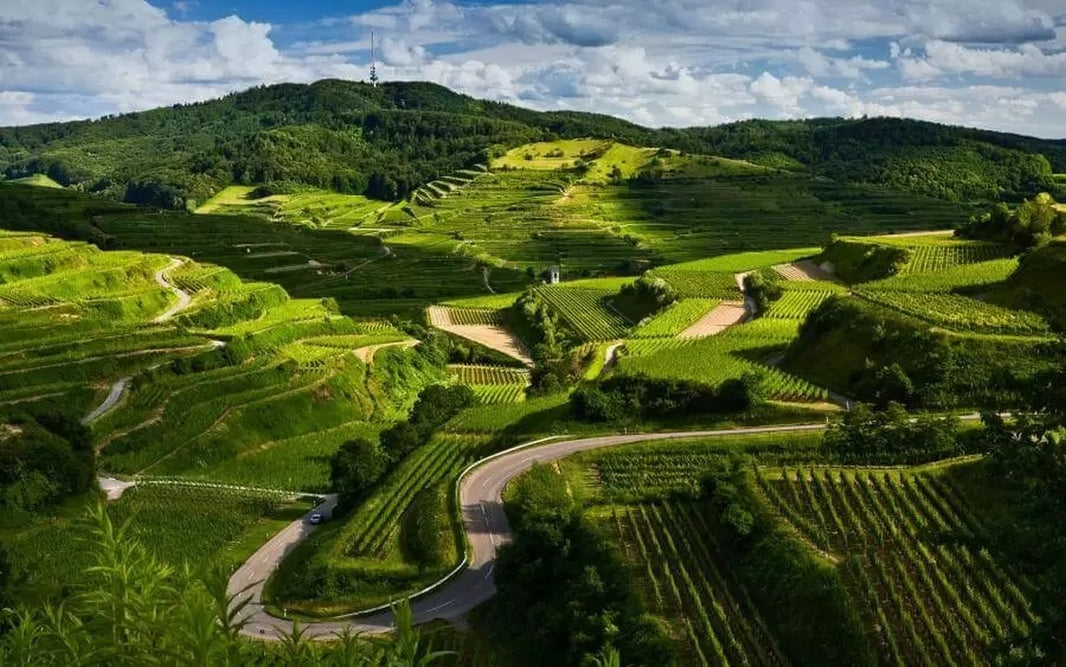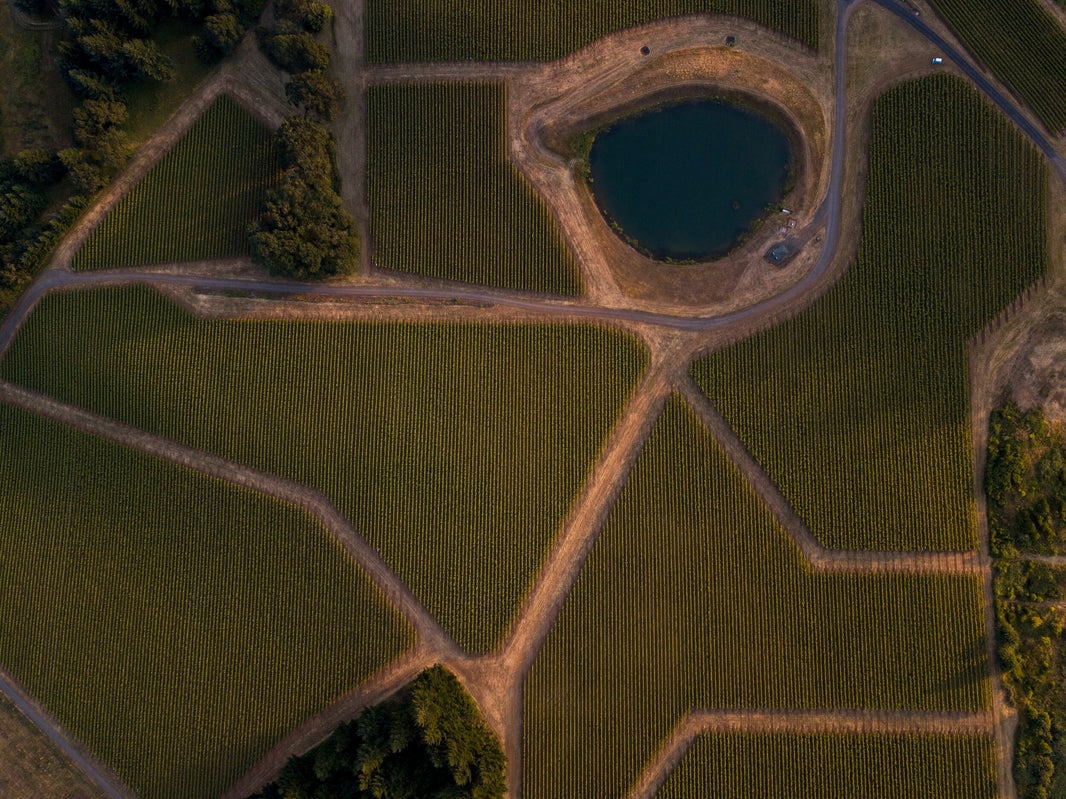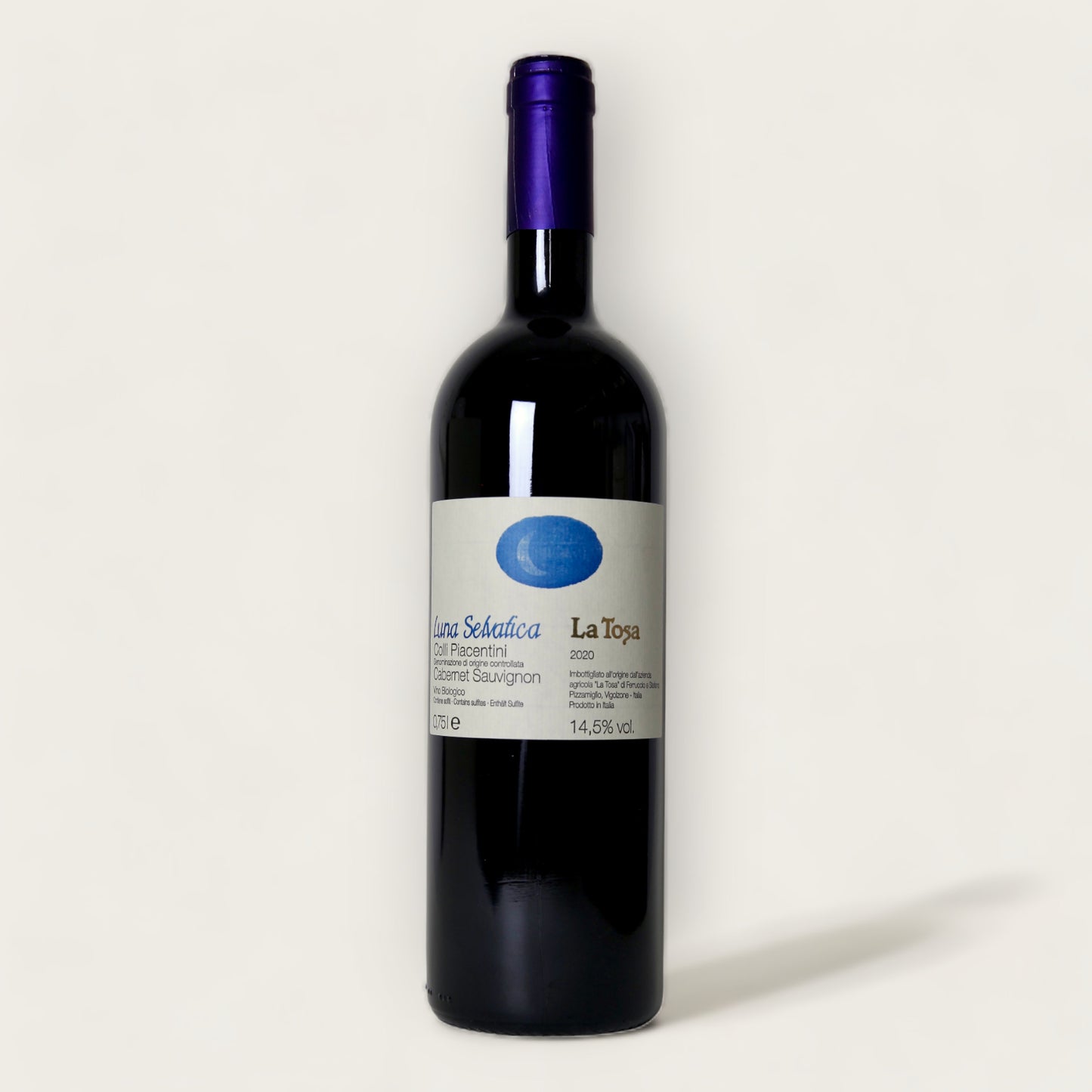Stay up-to-date with the latest news, exclusive promotions, and exciting events by subscribing to our newsletter! Sign up now and receive a 10% discount on your first purchase. Don't miss out on this great opportunity to stay connected with us and get access to special offers!
Luna Selvatica - Cabernet Sauvignon - Colli Piacentini DOC - 2020
- Tax included.
The enchanting "Luna Selvatica" is a captivating red wine from Colli Piacentini D.O.C. Uniquely crafted with classic Bordolese grapes, this wine reflects the essence of Italy's soul and climate.
Crafted with precision, it is a concentrated and powerful wine characterized by elegance and smoothness. Its composed nature mirrors the distinct terroir and climate of Piacenza.
Luna Selvatica is a powerful yet elegant Cabernet Sauvignon, originating from vines at an altitude of 190-210 meters in clay and silt-like soil. The winemaking process is an art, involving a 12-13 day skin crushing and 12 months of aging in new barrels, without clarification and filtration.
Since its debut in 1989, Luna Selvatica has consistently charmed, producing 8,000 bottles annually. Enjoy it now or let it age gracefully for 18-20 years.
Grape Variety:
Alcohol: 14.5%
Serving Termperature °C: 14-16°C
Ageing Potential: 10-15 years
Terroir: Colli Piacentini

La Tosa

Colli Piacentini

Emilia Romagna


